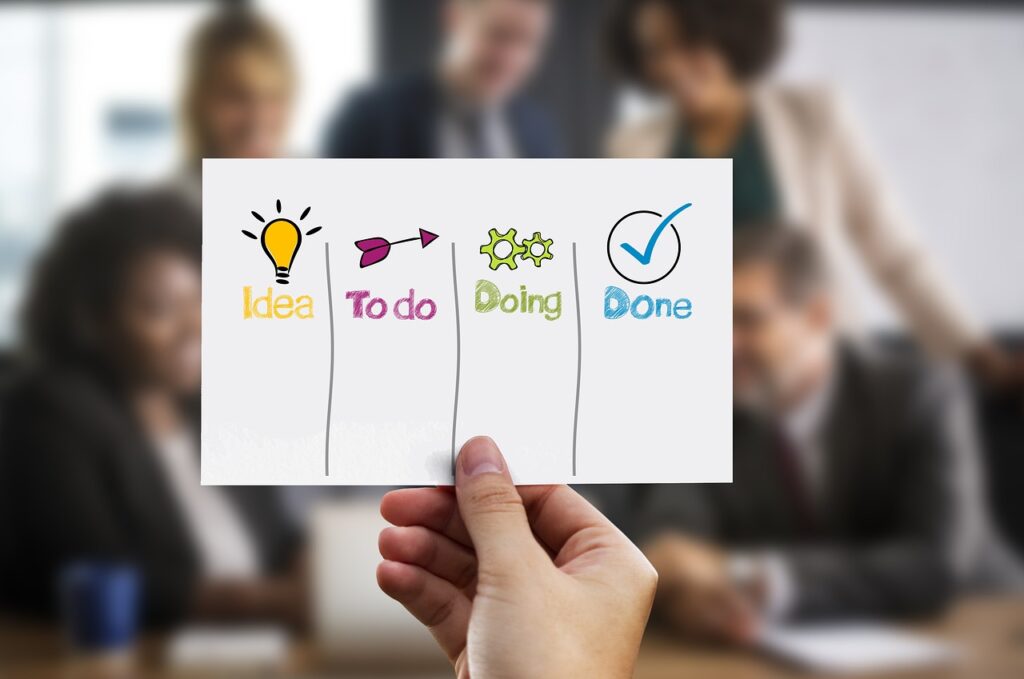The digital landscape is rapidly evolving, and design workflows are no exception. AI tools are no longer futuristic concepts; they’re becoming integral components of modern design processes. This guide unveils a step-by-step approach to seamlessly integrate these powerful tools into your existing workflow, unlocking new levels of creativity, efficiency, and precision. Prepare to witness a revolution in your design journey.
Unlocking Design Potential
AI tools are more than just automation; they’re catalysts for creative breakthroughs. Imagine effortlessly generating diverse design concepts, refining intricate details, and achieving unparalleled consistency across your projects. This newfound freedom allows designers to explore uncharted territories, pushing the boundaries of their creative potential. Tools like generative design software can unlock hidden patterns and inspire innovative solutions you might never have considered. Beyond mere inspiration, AI can assist in identifying and addressing potential issues in your designs before they even manifest. This proactive approach minimizes costly revisions and ensures a higher quality product from the outset. From conceptualization to finalization, AI empowers designers with an arsenal of support. By understanding the potential, you’re setting the stage for a transformation in your design practice.
AI’s prowess extends beyond visual design. It can analyze user data and preferences, leading to more personalized and effective designs. Imagine crafting interfaces that intuitively guide users through complex processes, based on real-time behavioral data. This level of customization enhances user experience and strengthens brand loyalty. Beyond user experience, AI can also analyze market trends and competitor strategies, allowing designers to stay ahead of the curve and create truly innovative products. A comprehensive understanding of the market fosters adaptability and allows designers to deliver impactful projects that resonate with the target audience. This proactive approach empowers designers to navigate the ever-changing design landscape with confidence and precision.
The ability to analyze vast amounts of data empowers you to make well-informed design decisions. AI algorithms can identify trends, patterns, and correlations in a fraction of the time it would take a human. This insights-driven approach unlocks previously hidden opportunities for innovation and enhances the efficacy of your design choices. These insights translate directly into more effective and impactful design strategies, which are essential in today’s competitive market.
By utilizing AI tools for initial concept exploration and iterative refinement, you can dramatically reduce the time and resources needed for the design process. This is not about replacing human creativity; it’s about amplifying it. AI provides the scaffolding for design experimentation and exploration, allowing you to focus your energy on the nuanced aspects of your work that truly set your designs apart.
AI-Powered Design Flow
Implementing AI tools into your workflow shouldn’t be a daunting task. Instead, think of it as adding a powerful new layer to your existing processes. Start by identifying specific pain points in your current workflow where AI could offer significant improvements. Are you spending excessive time on repetitive tasks, or struggling to generate diverse design concepts? Pinpointing these areas will guide your selection of appropriate AI tools. Remember that selecting the right tool is crucial to maximizing its effectiveness. Don’t just choose the latest and greatest; select tools that align with your specific needs and objectives.
Adopting an AI-powered approach often involves integrating new software and workflows. This requires careful planning and gradual implementation. Begin with pilot projects to test the functionality and compatibility of the AI tools with your existing design system. This approach ensures a smooth transition and allows you to refine your integration process based on real-world experience. Don’t be afraid to experiment and explore different combinations of tools to find the optimal solution for your specific needs. The design process should be iterative and continuously refined.
Creating a seamless flow often involves the use of APIs and automation scripts to connect AI tools to existing design software. This integration allows for a smooth handoff between different stages of the design process. By effectively bridging the gap between your current workflow and the new AI tools, you can ensure a streamlined and efficient design pipeline. This integration helps to minimize the disruption to your existing operations and allows you to benefit from the added efficiency and creative possibilities provided by AI.
Understanding the capabilities of the AI tools you choose is critical to their effective utilization. Learn the nuances of the interface, the input requirements, and the output parameters. Don’t shy away from experimenting with different options and settings to discover the full potential of the tool. This detailed understanding is essential to extracting the most value from each tool. This focused effort maximizes the benefits of the AI tools and allows you to integrate them into your workflow effectively.
Streamlining Your Process
Once you’ve integrated AI tools into your workflow, focus on optimizing your processes for maximum efficiency. Start by automating repetitive tasks, such as image resizing or color palette generation. This frees up valuable time that can be better invested in creative problem-solving and strategic decision-making. This automation not only saves time but also reduces the risk of errors associated with manual tasks.
Workflow optimization extends beyond automation. Establish clear guidelines and protocols for using AI tools. This ensures consistent results and a standardized approach across your projects. Think of these guidelines as the operational manual for your AI-powered workflow. Clearly defining responsibilities, roles, and expectations will create a predictable, consistent, and efficient design process. This structure and guidance also foster a collaborative environment.
Furthermore, regularly evaluate your AI-powered workflow. Identify areas where the process can be further streamlined or where the use of different AI tools might improve productivity. This continuous evaluation is critical for adapting to the ever-evolving design landscape and staying competitive. Regular reviews and adjustments ensure that your workflow remains efficient and effective, even as new technologies emerge.
By continuously refining and optimizing your processes, you’ll find that AI integration leads to significant gains in speed, accuracy, and efficiency. This refined workflow fosters innovation and elevates your design practice to new heights. This ongoing optimization process ensures that your workflow evolves with the advancements in AI tools, empowering you to stay ahead of the curve and deliver cutting-edge designs.
Integrating AI tools into your design workflow is not a destination; it’s a journey. By embracing these new technologies, you’re not just optimizing your process; you’re fundamentally transforming your approach to design. Embrace the possibilities, adapt to the changes, and unlock the unparalleled potential that awaits you in this exciting new era of design.

